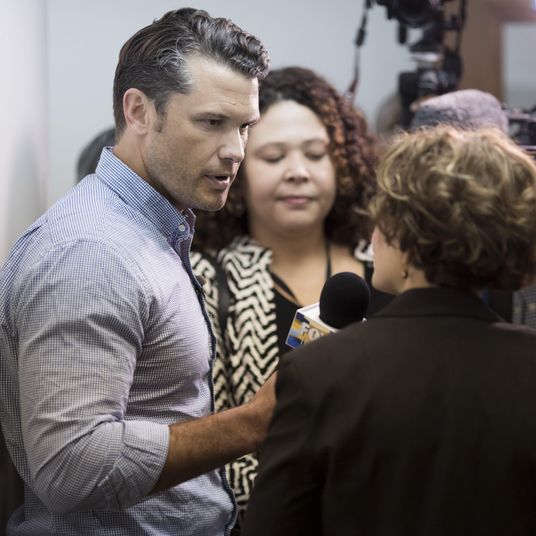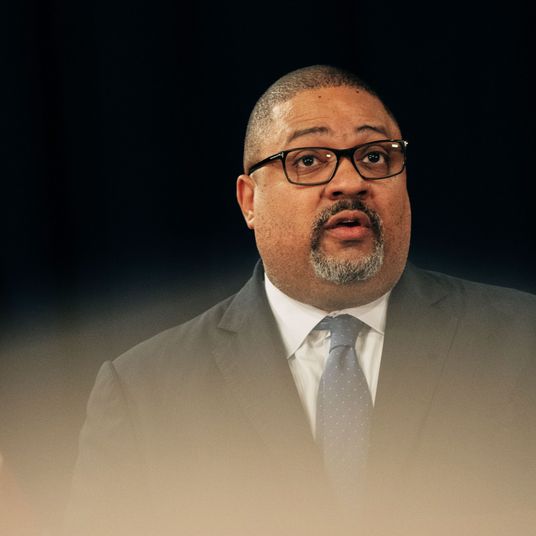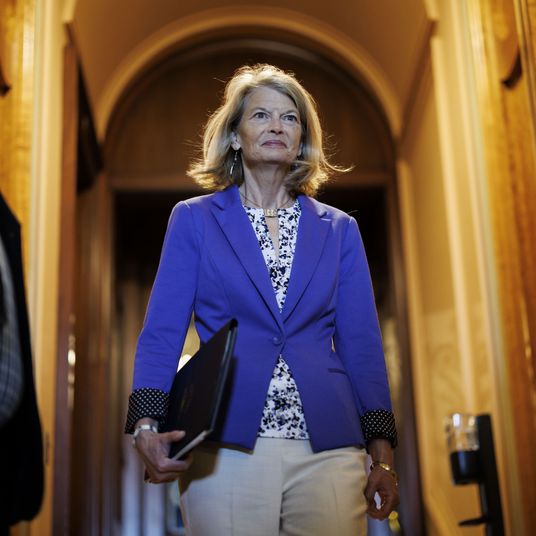
Early in July, a smothering heat wave settled in over the western U.S. — 124 degrees Fahrenheit in Palm Springs; 120 in Las Vegas; 119 in Redding, in far northern California. Dan Berc, a National Weather Service meteorologist, described the situation as “not normal … We’re talking ten to 12 degrees above normal for the hottest part of the year.” That first week of July, a thousand fish died in Lake Elizabeth, in Fremont, California — asphyxiation; the hotter the water, the less oxygen it holds. Still, in western Arizona, in the foothills of the Mohave Mountains, Alyssa Wroblewski assumed July 5 would be, as she later put it, “a regular, happy day” for her family. She and her husband, Matthew, a detective in the Riverside Police Department, would take their toddler and infant daughters out on a boat on Lake Havasu, a Colorado River reservoir.
The Wroblewskis did this all the time, strapping life preservers on their young kids. They boated in April, just weeks after Tanna Rae was born. They boated in May and June. That Fourth of July weekend, Alyssa and Matthew dressed their daughters in matching red, white, and blue swimsuits. Tanna’s diaper poked out between the suit’s leg band and her fat-rolled thigh.
Children’s bodies cool themselves less efficiently than adults’, and babies’ bodies cool even less efficiently than that. By afternoon, on the lake, the air temperature had climbed to 120. Around 5 p.m., Alyssa and Matthew realized Tanna wasn’t breathing. The parents performed CPR until the fire department arrived. Four-month-old Tanna was airlifted to Phoenix Children’s Hospital. But it was too late.
July 2024 was the second-hottest month ever recorded. July 21 was the hottest day ever recorded. July 22 was hotter still. February 2023 to January 2024 was the first yearlong period with temperatures averaging 1.5 degrees Celsius above preindustrial temperatures, a threshold the signatories to the Paris climate agreement had pledged to try not to cross.
So far this year, in the western U.S. alone, more than 800 people have died from causes related to extreme heat. This number is a radical undercount: Medical examiners can’t always identify heat-related deaths, and they are slow to confirm those that they suspect. In the weeks and months ahead, this number, 800, will double, triple, or grow even larger. In 2021, 1,602 Americans died of extreme heat; in 2022, that number rose to 1,722; in 2023, 2,302.
Worldwide, between 2000 and 2019, an estimated 489,000 people died each year from heat-related causes. This summer, in the five days from June 14 to 19, more than 1,300 died in Saudi Arabia’s 120-degree heat, many of them pilgrims trying to make it to Mecca for the hajj.
Each heat death is a failure, a vulnerability multiplied. Extreme heat plus poverty. Or extreme heat plus incarceration. Or natural disaster. Or substance use. Or hypertension. Or age, whether old or very young. Wealth saves most people, but not all. This June, six tourists died from the heat while vacationing in Greece.
The day after Baby Tanna died, on July 6, six German men rode their motorcycles through Death Valley National Park. The forecast high: 128. The problem was not just the temperature. “You have to dress for the crash,” one seasoned California motorcyclist explained. “You have to wear
leathers or Kevlar because if you fall, it’s over.” These clothes don’t breathe; the wind can’t cool you. One of the six riders died of heat stroke near Badwater Basin. No medevac helicopter came to pick him up. Once the temperature is over 120, it’s too hot for helicopters to fly.
The next day, on July 7, James Gerhardt ran out of the mobile home he shared with his older brother, Kevin, in North Sacramento’s Camp Resolution trailer park. Kevin, 57, took care of James, who was disabled. The brothers lived off Social Security checks and food stamps. The mobile home’s air conditioner didn’t work; they couldn’t afford to fix it. That afternoon, in the 106-degree heat, Kevin had fallen asleep, then fallen to the floor, unconscious. James called for help from a neighbor, who later said that entering the home “felt like I walked into an oven.” Kevin wasn’t sweating. Kevin wasn’t breathing. “His organs shut down,” Kevin’s neighbor said. “He was more or less cooked.”
On July 8, Trancita Ponce, an inmate at Central California Women’s Facility, a prison in Chowchilla, made a phone call to a prisoner-advocacy group. “There is hot air blowing inside of our rooms, I have a huge migraine, and I feel sick, and other girls are throwing up. Not to mention somebody died two days ago from heat exhaustion,” Ponce said. That somebody was Adrienne Boulware, 42, who had been serving a 15-year sentence for second-degree murder and, according to her daughter, had been just seven months from release. A few weeks before, in late June, California passed indoor heat regulations meant to keep citizens safe and cool during heat waves, but these regulations did not apply to prisons. “Please help us,” Ponce implored. “They’re not doing anything for us.”
That same day, much of Houston lost power, thanks to Hurricane Beryl. For 24, 48, 72 hours, more than a million residents couldn’t run electric fans or air conditioners. Some had no power for more than a week. Temperatures ran into the 90s; the heat index, 100 plus. A grim ritual spread across the city: neighbors visiting one another to make sure everyone was surviving. On July 16, a man checked on Dorothy Mullan, age 69, at her apartment in the Museum District. He knocked. No one answered. He entered — and found her dead.
The mind deflects at the burden to care, to let in the full weight of each life that has ended this way. The problem is too big. We don’t know how to live in a world that is this hot. As climate futurist, now climate realist, Alex Steffen once told me, we are living in a discontinuity. We are not prepared for what has already happened. We need to catch up with reality. We need to cross the breach of unpreparedness — as borne out in our public policy, in our infrastructure, in our decision-making. We need to integrate the world, not as we remember it or wish it would be but as it actually exists.
Stacey Champion, a 53-year-old single mother and heat activist in Phoenix, has carried the burden of reality, the burden of caring, for the past decade, ever since the power company threatened to shut off her electricity in the summer of 2009. She used to spend hours driving into the Zone, once Phoenix’s largest homeless encampment, handing out umbrellas, ice packs, cooling towels, and spray bottles of cold water. She often sits on the street with residents bleary from elevated core temperatures, waiting for emergency services to arrive. In 2018, she filed a legal complaint against Arizona Public Service, the power company, over a rate hike. She pushes for better policies: hotel-voucher programs for heat waves and emergency air-
conditioning repair. She submits a never-ending stream of public-records requests in an attempt to read every heat-death report for Maricopa County.
Champion knows the extreme heat is cooking her, too. “I messed myself up,” she told me — the toll of all those summer days in the Zone. She meant this physically: The damage of heat stress on organs is cumulative. But the emotional load, that’s frying her as well. “It drives me insane,” she said. One can feel the impact in her machine-gun responses to texts and the intensity of her dark eyes. “I troll the mayor and the county and different public entities constantly,” she told me with some mixture of pride and shame.
It’s bleak, the sixth extinction that’s enveloping us now. Summer, long fecund and full bloom, is now scorched and eerie. The season of heat death is here.






























